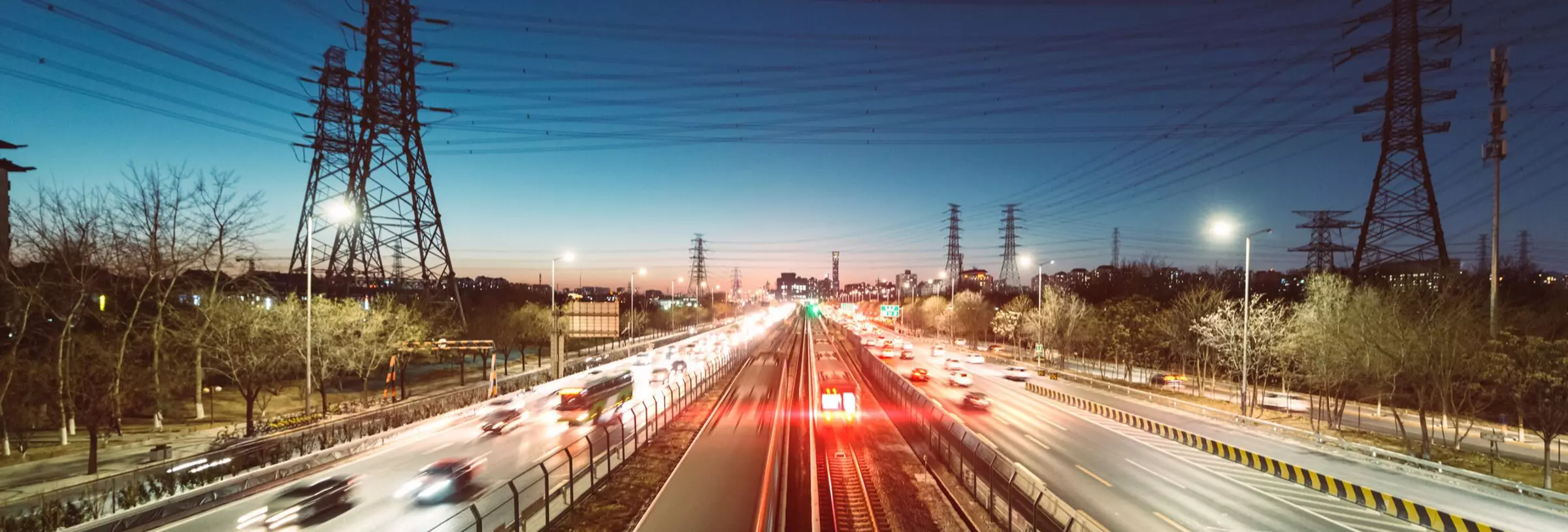
Like the vast majority of general civil litigation, eminent domain matters usually settle before going to trial. The resolution is typically documented in either a stipulated judgment or a settlement agreement. What is unique to eminent domain, however, is that the settlements oftentimes take place before the public project is fully constructed, meaning the parties are resolving their claims based on the "project as proposed," without seeing the actual finished product or fully understanding its impacts on the property. In documenting a settlement, property owners can sometimes attempt to retain certain rights to seek additional damages, but a recent court of appeal decision, Sani v. People ex rel. Dept. of Transportation, highlights the risks, uncertainties, and limitations of coming back after a settlement to seek additional compensation.
Background
In Sani, Caltrans was seeking to realign a section of Pacific Coast Highway in San Simeon to protect against coastal erosion (side note -- see my blog post on sea level rise and impacts on takings). Caltrans filed an eminent domain action to acquire portions of two residential lots owned by the Sanis (parcels 1 and 2); the Sanis then filed a cross-complaint for inverse condemnation for additional damages to easements in favor of a third residence they owned (parcel 3).
The parties settled the eminent domain and inverse condemnation action at mediation; Caltrans acquired all of parcels 1 and 2, subject to certain easements in favor of the Sanis, and agreed to use the property for "state highway purposes" and "any use" that did not interfere with the easements benefitting parcel 3. Caltrans paid $6.44 million for the acquisition, along with all damages associated with the acquisition and the construction and use of the project, to "fully and finally resolve" the eminent domain and inverse condemnation actions. The Sanis reserved the right to bring a "future claim in inverse condemnation for any alleged taking of or alleged diminution in value to [parcel 3] arising out of the project and construction of the project," but waived any future claim against Caltrans based on any action done or right granted pursuant to the settlement.
A mere four months later, the Sanis filed a new inverse condemnation action against Caltrans; the complaint alleged Caltrans impacted the Sanis' reserved easements, and post-settlement construction activities substantially interfered with parcel 3, resulting in additional damages totaling nearly $4 million.
At a bench trial, Caltrans presented evidence that the easements were not interfered with, and construction activities were typical and standard. The court determined that the Sanis did not establish any compensable taking, as the prior settlement resolved all claims regarding the Sanis' reserved easements, and the "minor inconveniences" to parcel 3 during construction did not give rise to the level of a taking.
The Court of Appeal
On Appeal, the Court walked through each of the Sanis' new inverse condemnation claims:
- Interference with Easements: with respect to the Sanis' claim that Caltrans' project interfered with their easement rights, the Court concluded that the settlement agreement unambiguously barred such claims, as Caltrans acquired the original easements in favor of parcel 3, and only reserved limited rights to the Sanis. Because those easement rights were previously acquired and settled, there can be no inverse condemnation of property rights that no longer exist. While the settlement gave the Sanis the right to bring a claim for a taking of parcel 3, it was limited to one not based on "any action done or right granted" pursuant to the settlement. The easement impacts were part of the original settlement.
- Evidence of Diminution in Value: with respect to the Sanis' claim that the court improperly excluded evidence of the diminished value of parcel 3 even though the settlement allowed them to bring a claim based on "any alleged diminution in value," the Court explained that such evidence was irrelevant unless the Sanis could first establish a taking. "[I]n an inverse condemnation action, the property owner must first clear the hurdle of establishing that the public entity has, in fact, taken or damaged [their] property before [they] can reach the issue of 'just compensation.'" "Neither the mere existence of a public use or a diminution in the value of the plaintiff's property establishes a compensable taking or damaging of the property." Because there was no taking, any diminution in value was irrelevant.
- Post-Settlement Construction Activities: with respect to the Sanis' claim that Caltrans' post-settlement construction activities (particularly noise, dust, interference with views, and a decline in rental income) constituted a new claim for inverse condemnation, the Court explained that "[t]emporary injury resulting from actual construction of public improvements is generally noncompensable" and "[p]ersonal inconvenience, annoyance, or discomfort in the use of property are not actionable types of injuries."
Conclusion
The Sani case is an important reminder for property owners and public agencies to carefully document their settlement agreements or stipulated judgments. If the parties intend to reserve certain claims, there needs to be clear statements to that effect. If the parties are resolving an eminent domain action prior to construction of the project, they need to fully understand what the project entails, what future construction will look like, and how these activities may disrupt the use of the property in the future.
- Partner
Brad Kuhn, chair of Nossaman's Eminent Domain & Inverse Condemnation Group, is a nationally-recognized leader in the areas of eminent domain/inverse condemnation, land use/zoning and other property and business disputes. Brad ...
Eminent Domain Report is a one-stop resource for everything new and noteworthy in eminent domain. We cover all aspects of eminent domain, including condemnation, inverse condemnation and regulatory takings. We also keep track of current cases, project announcements, budget issues, legislative reform efforts and report on all major eminent domain conferences and seminars in the United States.
Stay Connected
 RSS Feed
RSS Feed
Categories
- Administration
- Appraisal
- Arizona
- California
- CLIMATE CHANGE
- CONGRESS
- Construction
- Court Decisions
- Energy & Utilities
- Environmental Law
- EPA
- Events
- FAQs
- Goodwill
- GOVERNMENT ADMINISTRATION
- Inverse Condemnation & Regulatory Takings
- Land Use Planning
- Lawsuit
- New Legislation
- Possession
- Projects
- Public Agency Law
- Public Policy
- Publications
- Real Estate and Property Rights
- Redevelopment
- Regulatory Reform and Proposed Rules
- Right to Take
- Right-of-Way
- Seminars
- Speaking Engagements and Presentations
- Texas
- trial
- Valuation
- Videos
- Water
- Wildfire Management

